Osaka team demonstrates H2 purification using LOHCs
Green Car Congress
OCTOBER 28, 2022
Researchers from Osaka University have demonstrated a proof-of-concept for a novel molecular hydrogen production method that bypasses the need for expensive purification steps. They developed a system where hydrogen is separated and stored in liquid organic hydrogen carriers by catalysis of triaryl boranes in one seamless process.



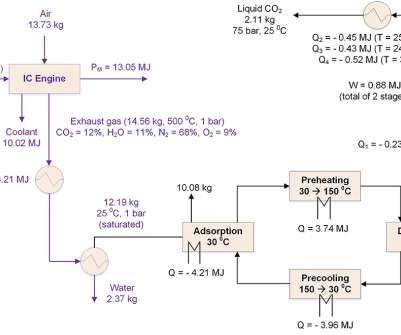




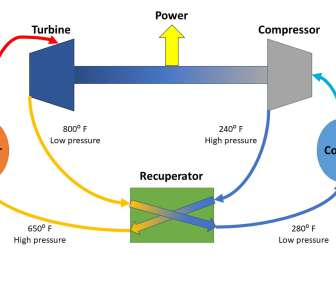

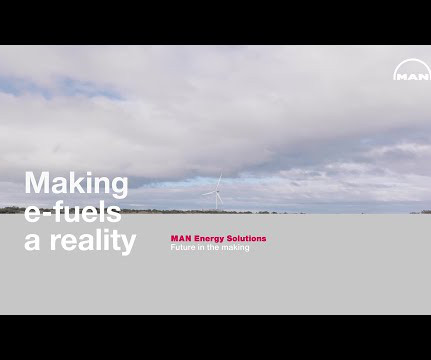
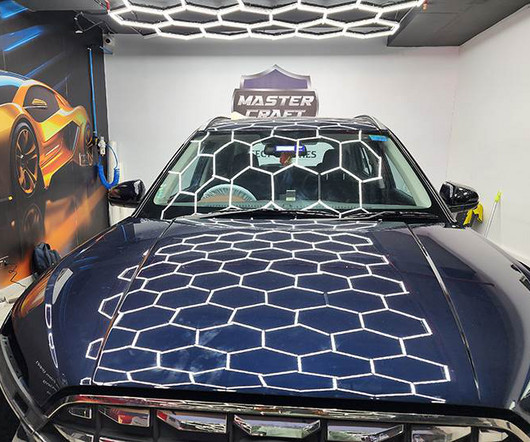












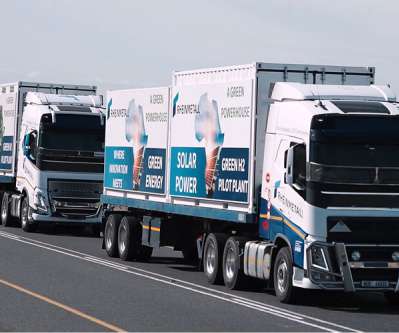



















Let's personalize your content